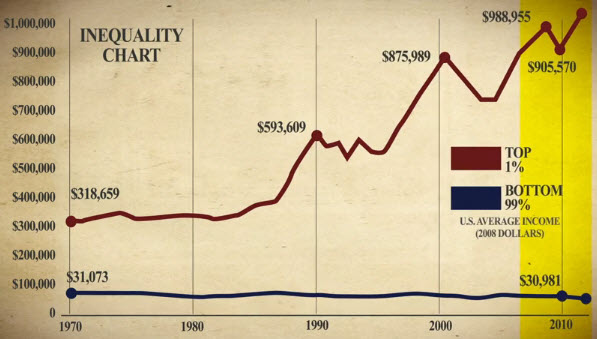by David Stockman
The Social Security Act of 1935 had virtually nothing to do with ending
the depression, and if anything it had a contractionary impact. Payroll
taxes began in 1937 while regular benefit payments did not commence
until 1940.
Yet its fiscal legacy threatens disaster in the present era because its
core principle of “social insurance” inexorably gives rise to a fiscal
doomsday
machine. When in the context of modern political democracy the state
offers universal transfer payments to its citizens without proof of
need, it offers
thereby to bankrupt itself—eventually.
By contrast, a minor portion of the 1935 legislation embodied the
opposite principle—namely, the means-tested safety net offered through
categorical aid
for the low-income elderly, blind, disabled and dependent families.
These programs were inherently self-contained because beneficiaries of
means-tested
transfers simply do not have the wherewithal—that is, PACs and organized
lobbying machinery—to “capture” policy-making and thereby imperil the
public
purse.
To the extent that means-tested social welfare is strictly cash-based,
as was cogently advocated by Milton Friedman in his negative income tax
plan, it is
even more fiscally stable. Such purely cash based transfers do not
enlist and mobilize the lobbying power of providers and vendors of
in-kind assistance, such as housing and medical services.
We face one of the deepest crises in history. A prognosis for the economic future requires a deepening of the concepts of inflation and deflation. Without understanding their dynamic relationship and their implications is difficult to predict how things might unfold. The economic future depends on the interplay of both these forces. From the point of view of their final effects, inflation and deflation are, respectively, the devaluation and revaluation of the currency unit. The quantity theory of money developed in 1912 by the American economist Irving Fisher asserts that an increase in the money supply, all other things been equal, results in a proportional increase in the price level [1]. If the circulation of money signifies the aggregate amount of its transfers against goods, its increase must result in a price increase of all the goods. The theory must be viewed through the lens of the law of supply and demand: if money is abundant and goods are scarce, their prices increase and currency depreciates. Inflation rises when the monetary aggregate expands faster than goods. Conversely, if money is scarce, prices fall and the opposite, deflation, occurs. In this case the monetary aggregate shrinks faster than goods and as prices decrease money appreciates.















